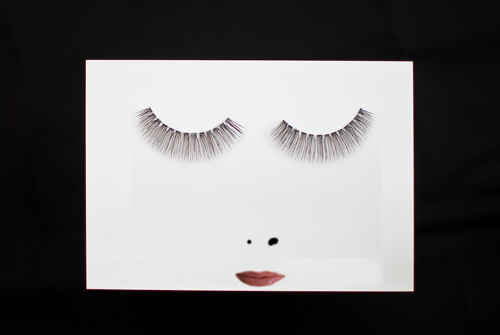We’re changing the look of ecard communications.
Take A Look At Our Ecards.
In the 1930s a schoolteacher from Devon in England named David Lack researched the life of the British robin. The book he wrote – ‘The Life of the Robin’ – was published in 1943 and has become one of the iconic books on bird observation.
One thing that David Lack researched was what happened when a robin encroaches on the territory of other robins.
He observed that robins (both male and female) are so territorial that they would attack intruders without mercy until either the intruder or the home bird fled. The fights were ugly and sometimes the defeated bird left very battered.
Lack experimented with stuffed robins and found that the victorious robins would even attack the air where the defeated ‘robin’ had been.
In one experiment he observed that a robin continued to attack one of his dummy robins even after the dummy’s head had been knocked off.
That made him wonder exactly how little there had to be that was identifiably ‘robin-like’ for it to trigger a fight for territory.
A Bundle of Red Wool
What he found was that as long as there was enough to have the appearance of a red breast, a robin would see that as a competitor and beat and batter it until it was no more. His dummies didn’t need a head, tail, wings, or anything that was remotely like a robin – just a bundle of red wool was enough.
Almost Human
I remembered David Lack’s investigations when, in the course of photographing images for the Almost Human category at Quillcards, I wondered how much or how little one needs to create the impression of a person. Cartoonists will be well aware of what it takes.
I experimented with the back of a postcard laid above a black cloth background. Two false eyelashes and a couple of black dots marked in with a brush in Photoshop to suggest nostrils. And lips.
She reminds me of Twiggy or Jean Shrimpton – photographic models from the 1960s.
